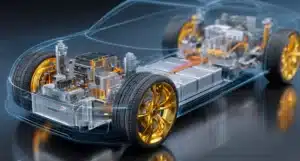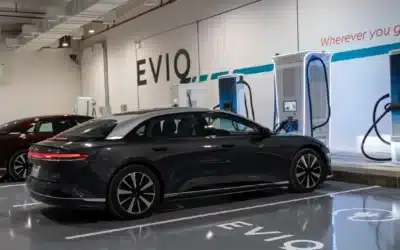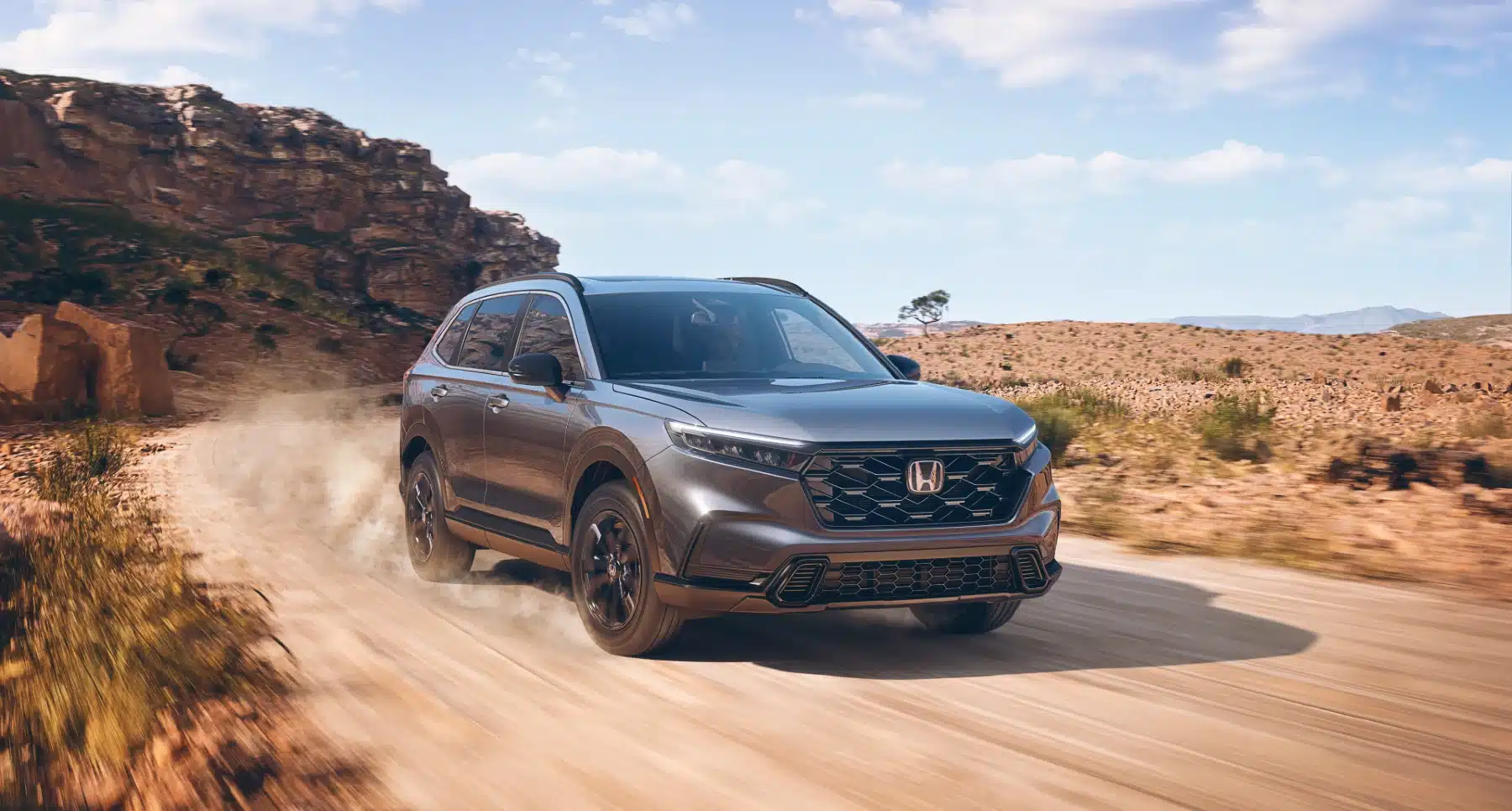
Sales of Electric Vehicles grew globally by 21% in the first quarter of 2024. While that remains positive news, there has been a cooling of EV sales in some markets. For example, in the U.S. while Q1 sales of EVs did increase by 2.6% year on year, they actually fell 15.2% compared to the last quarter of 2023 – a significant drop.
On the other hand, Europe saw the highest quarterly registrations of hybrid cars since 2021 with 382,700 vehicles registered, up 18% compared to Q1 2023. Similarly in the all-important U.S. market hybrid sales were up 45.7% and plug-in hybrid (PHEV) sales rose by a massive 69.7% during the same period.
What gives? With EV sales to early adopters already having reached saturation point, take-up has stalled somewhat as the next segment of buyers is more discerning and cautious. They’re less taken with innovative high-tech gadgetry and virtue signalling, and more concerned with practicality, costs and real-world useability. As of now, for some potential buyers, EVs are still found wanting in those areas.
However, there remains a desire to reduce fuel consumption as prices at the pump soar and emit less pollution as climate concern dominates headlines around the world.
Understandably attention has turned towards hybrids as a practical interim solution that bridges the gap between traditional internal combustion engine (ICE) vehicles and fully electric models while combining the benefits of both worlds.
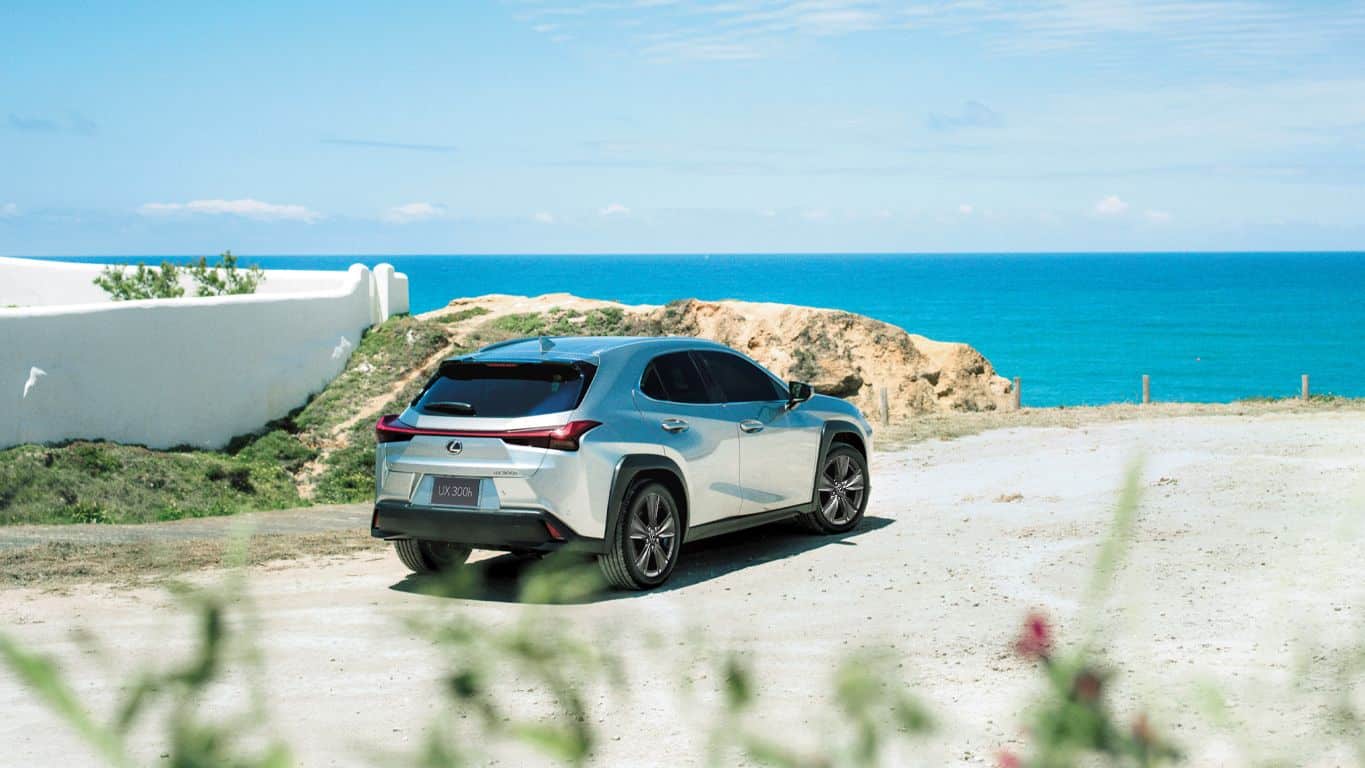
Lexus is popular for high-end hybrids. The UX 300h recently launched in UAE.
Different Types of Hybrid Vehicles
Hybrid vehicles come in different flavours and an increasing number of car manufacturers are introducing the technology into its range of offerings. It’s important to understand and recognise the differences between them as we seek to comprehend their growth in popularity.
Mild Hybrids
Did you know it is possible to get a “hybrid” car with a traditional three-pedal manual gearbox? Mild hybrids represent the most basic form of hybridisation, providing only an ‘assist feature’ to conventional ICE drivetrains that are left relatively intact.
They are usually equipped with a small 48V electric motor that assists the petrol or diesel engine during acceleration, reducing the engine’s workload and lowering fuel consumption. They also tend to improve the efficiency of stop-start systems which also cuts fuel use and emissions while stopping and waiting in traffic or at traffic lights etc.
The main advantages include lower cost and complexity compared to more advanced hybrids, with modest environmental benefits.
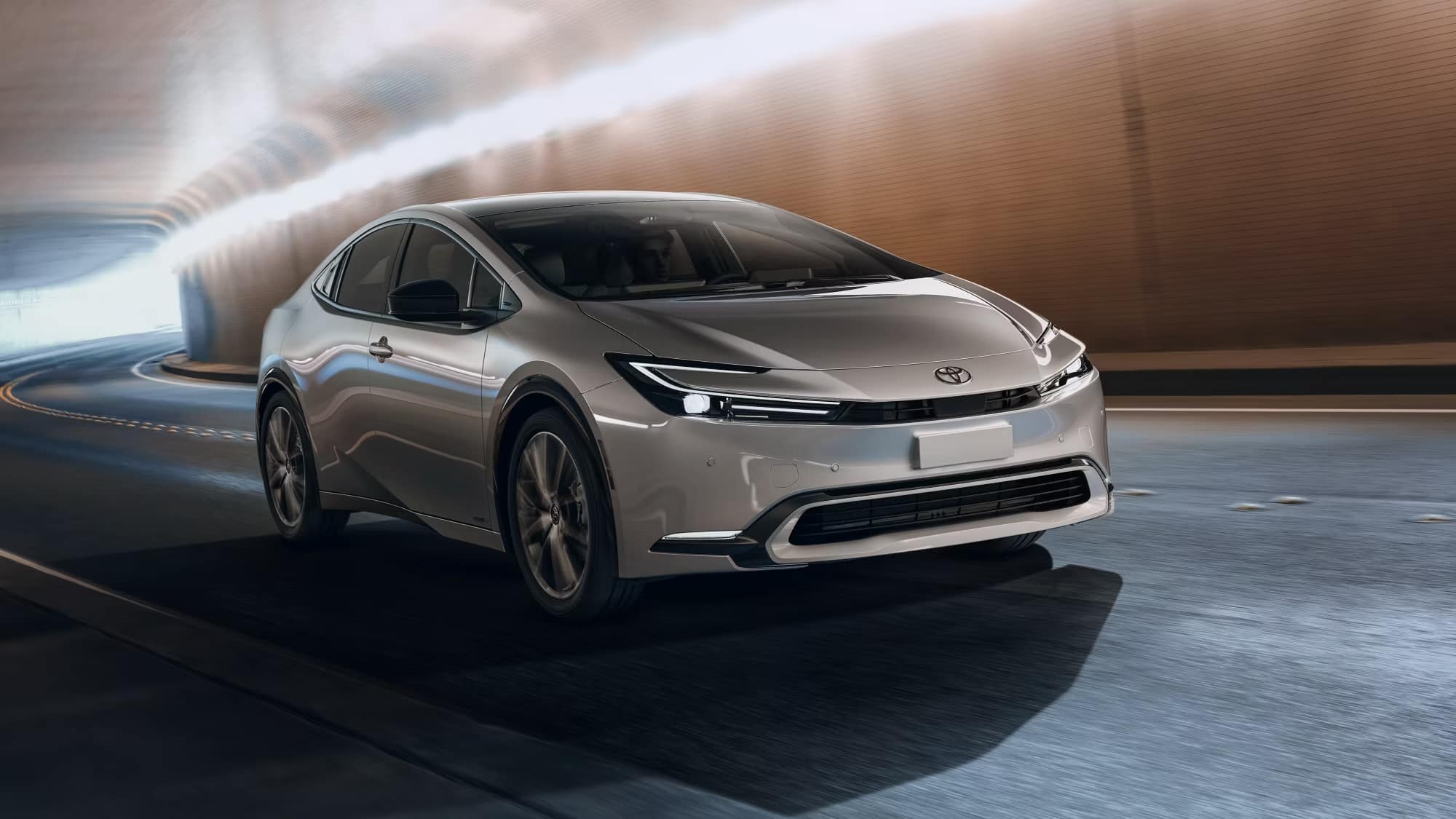
The Toyota Prius is probably the most widely used full hybrid; the choice of taxi drivers globally. The 2024 edition is sleeker and more sporty looking.
Full Hybrids
These are what most people think of and recognise as hybrid cars. Full hybrids can run on the internal combustion engine (ICE), the electric motor, or a combination of both depending on battery charge and road speed. They offer more substantial fuel savings than mild hybrids by enabling short distances of pure electric driving and using regenerative braking to recharge their batteries.
The Toyota Prius, one of the pioneers of hybrid technology, epitomises this category, providing significant emission reductions over standard ICE vehicles, while retaining the practicality of a conventional car – you don’t have to charge it, you simply put fuel in it.
Plug-In Hybrids (PHEVs)
Plug-in hybrids are similar to full hybrids but with larger batteries that can be recharged via an external power source – as the name suggests, you can plug them in.
This capability allows them to drive longer distances on electricity alone, typically ranging from 20 to 80 kilometres. With most average daily commutes less than 50km, if you’re able to keep the PHEV plugged in at home, you can effectively not use the fuel in the tank at all, except for when you need it on longer journeys.
This versatility makes them highly appealing, especially if you’re coming out of EV ownership and already have a smart charger installed at home, which could explain the huge sales growth in the States. Keep in mind though that petrol can ‘expire’ in as little as three months while diesel might last a year, so be sure to use up any fuel in the tank by that time.
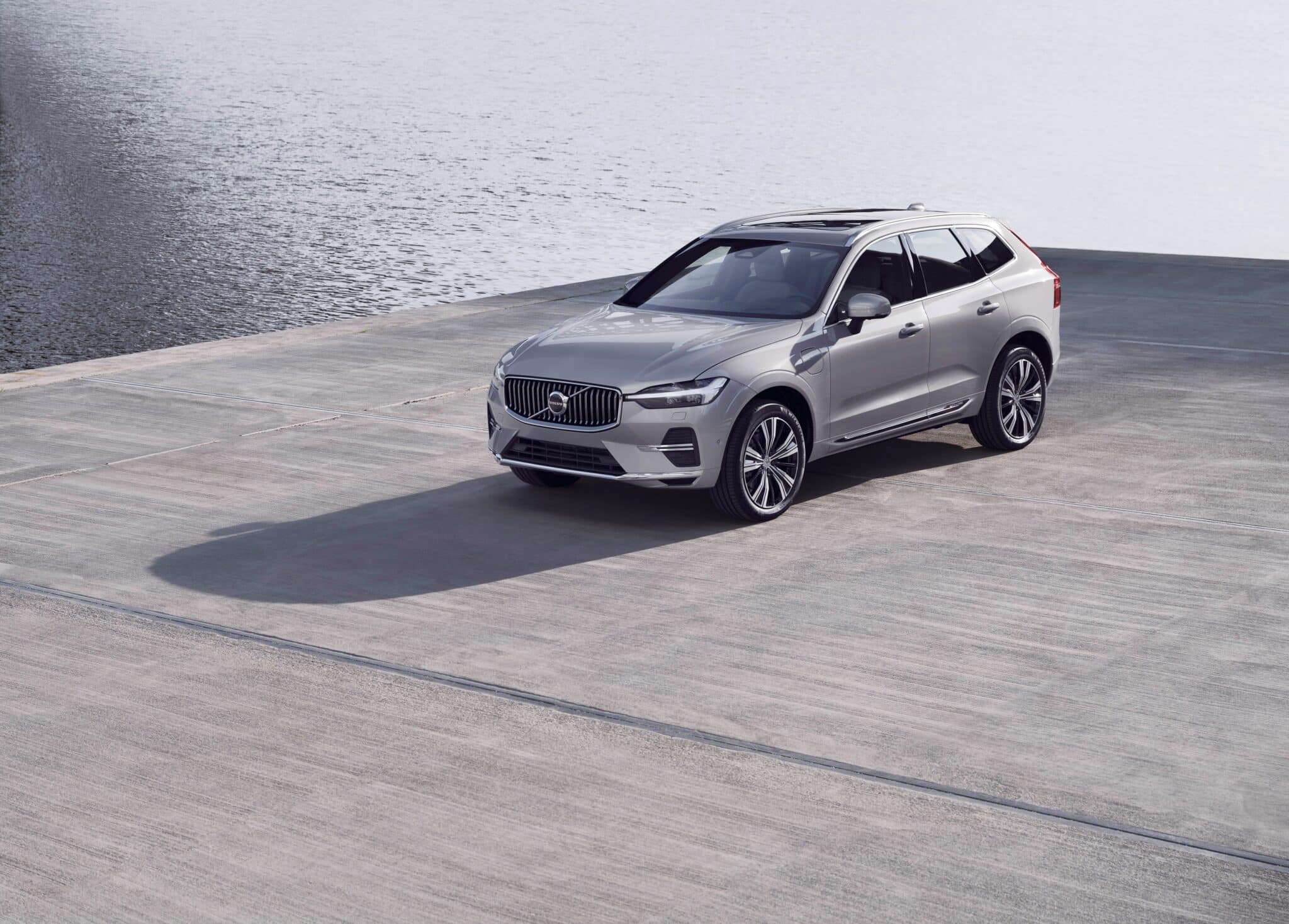
The Volvo XC60 is a popular plug-in hybrid choice with sales increasing substantially over the last year.
Range Extender Hybrids
These vehicles are a little more difficult to reconcile for most drivers as, on the face of it, they appear to carry around an internal combustion engine for the sole purpose of charging the battery pack. It is not connected to the wheels.
Range Extender Hybrids are effectively EVs, purely driven by the electric motor. They address range-anxiety concerns; however, the ICE adds weight and complexity, potentially diminishing efficiency when compared to full EVs.
The Appeal of Hybrids
The key issue with EVs is the charging infrastructure and the time taken to “refuel” which is at least 30 minutes for most cars to charge the battery to 80%, but can be longer if there is a queue or if the chargers are low speed.
Hybrids eliminate these concerns by providing the backup of a fuel-powered engine, allowing for longer trips and easy refuelling at existing fuel stations. They use up to 30% less fuel than conventional ICE cars saving the owners money, plus cut emissions by 30-50% addressing pollution issues and environmental concerns. Currently, they also tend to be more affordable to purchase than EVs.
Despite being a pragmatic choice, they do still fall short of the emissions reductions achievable with full EVs, particularly in regions where the electrical grid is powered by renewable resources. As infrastructure for EVs improves and the costs of battery technologies decrease, hybrids continue to play a crucial interim role and clearly remain popular.
We would love to get some feedback!
Let us know if you found this article useful or if you have comments or outstanding questions.




